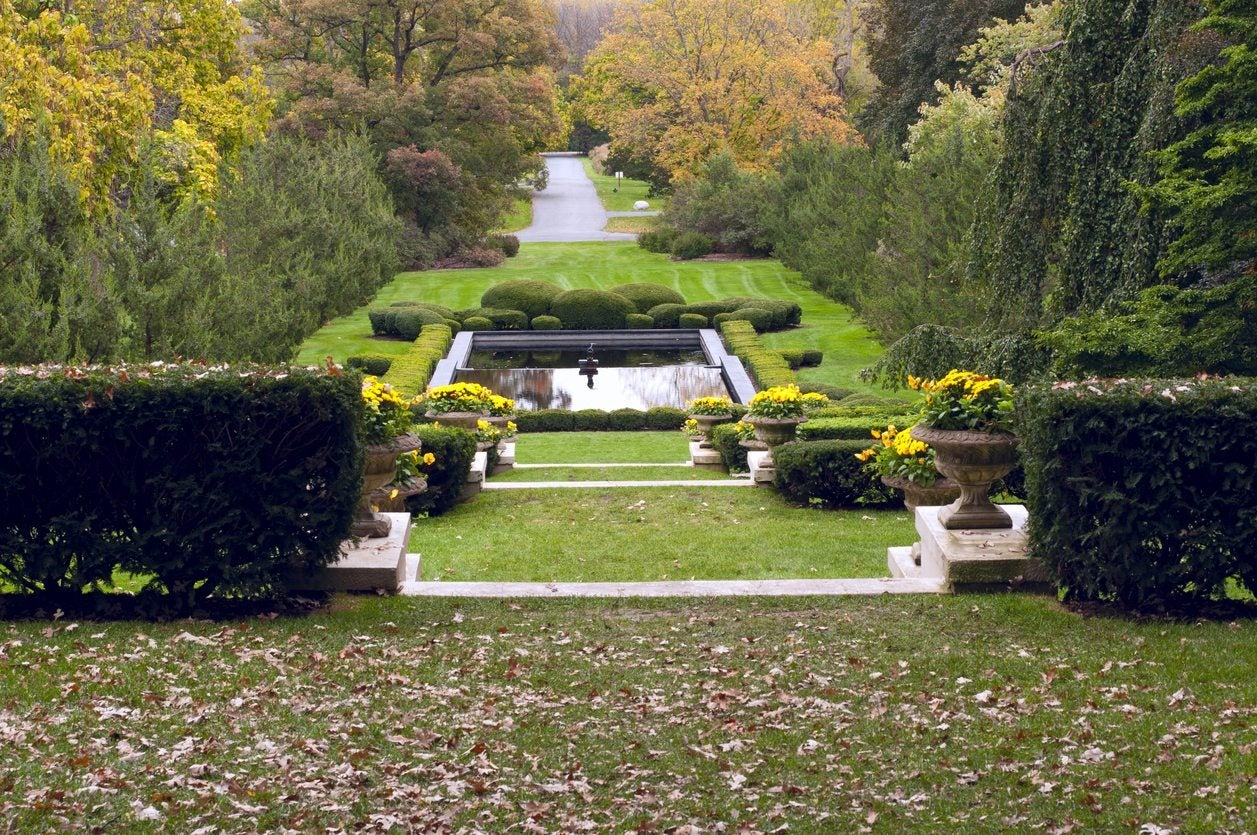What Are Reflecting Pools – Learn About Reflecting Pool Uses In Gardens


For thousands of years, architects have used reflecting pools to create breathtaking views of monuments, temples, castles, and palaces. The Taj Mahal and Lincoln Memorial have two of the most famous reflection ponds; these clear, still water features are found in sacred places throughout the world. Your home doesn’t have to be a palace or temple to have a reflecting pond. They can simply reflect a scenic tree line, mountain backdrop, a small structure, a garden, or your home. Continue reading for more reflecting pool information.
What are Reflecting Pools?
Reflecting pools are water features that generally do not have fish, plants, waterfalls, or fountains. Their main purpose is to create a scenic reflection and they can be designed to fit into formal or natural garden styles. Formal reflecting pools are usually rectangular or round and created with bricks or perfectly cut stone. Natural reflecting pools are created to look like naturally occurring ponds and can be irregularly shaped. You can install a reflecting pond to reflect scenic mountains in the distance, a colorful autumn tree line, a unique structure, or a garden that you can view from a porch, patio, or cozy chair next to a window. Reflecting pools can also be used to create spectacular curb appeal by reflecting the home or landscape; your home is your castle, after all. Reflecting pools do not need to be very deep, as 6 to 12 inches (15-31 cm.) will provide a nice reflection. The bottom of the reflecting pond does need to be dark though. Black pebbles are often used in reflecting pools to create a dark bottom. Black dyes may also be added to reflecting pools to create a better reflection. While very large reflecting pools may have a small fountain in them, usually they do not contain anything that may create ripples or movement on the surface of the water, as this will disrupt the reflection. However, most pools will require some sort of filtration and regular maintenance to keep the water clear.
Reflecting Pool Uses in Gardens
Before building a reflecting pool, there are a few things you should take into consideration. First, you need to decide what you would like the pond to reflect and where you would like to view it from. However, a pond or pool of any kind will need to be built on a level surface, so the perfect spot may need to be properly leveled. Fallen leaves and plant debris can quickly fill up a small pool, so it’s best to locate the pond away from deciduous trees. A gentle filtration system with UV can help control algae growth and the breeding of insects like mosquitos. There are also pond products that you can purchase to control algae and insect larvae. A natural reflecting pool is usually easier for the beginner. To create one yourself, you simply need to dig out and level the pond, lay down pond underlayment, cover the underlayment with pond liner, edge the pond with stone or boulders to hide the edges of the pond liner, then fill the pool with water. Pond liner is usually black, so it is up to you to decide whether to line the bottom with black pebbles or use dyes. Keep in mind that wildlife may visit reflecting pools before using products that may harm them.
Sign up for the Gardening Know How newsletter today and receive a free copy of our e-book "How to Grow Delicious Tomatoes".

Darcy is a former contributor to Gardening Know How. She is a professional landscape designer and gardening writer with experience in plant sales. An avid gardener, Darcy has a passion for sharing practical tips to help others grow.